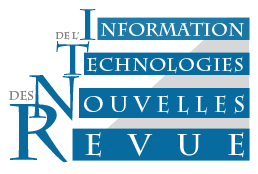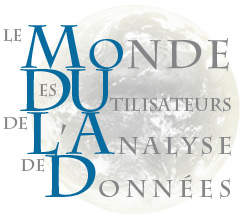Handling Texts ? A Challenge for Data Mining
In EGC 2009, vol. RNTI-E-15, pp.5-6
Résumé
The amount of data in free form by far surpasses the structured records in databases in their
number. However, standard learning algorithms require observations in the form of vectors
given a fixed set of attributes. For texts, there is no such fixed set of attributes. The bag of
words representation yields vectors with as many components as there are words in a language.
Hence, the classification of documents represented as bag of word vectors demands efficient
learning algorithms. The TCat model for the support vector machine (Joachims 2002) offers a
sound performance estimation for text classification.
The huge mass of documents, in principle, offers answers to many questions and is one
of the most important sources of knowledge. However, information retrieval and text classi-
fication deliver merely the document, in which the answer can be found by a human reader ?
not the answer itself. Hence, information extraction has become an important topic: if we can
extract information from text, we can apply standard machine learning to the extracted facts
(Craven et al. 1998). First, information extraction has to recognize Named Entities (see, e.g.,
Roessler, Morik 2005). Second, relations between these become the nucleus of events. Ex-
tracting events from a complex web site with long documents allows to automatically discover
regularities which are otherwise hidden in the mass of sentences (see, e.g., Jungermann, Morik
2008).

